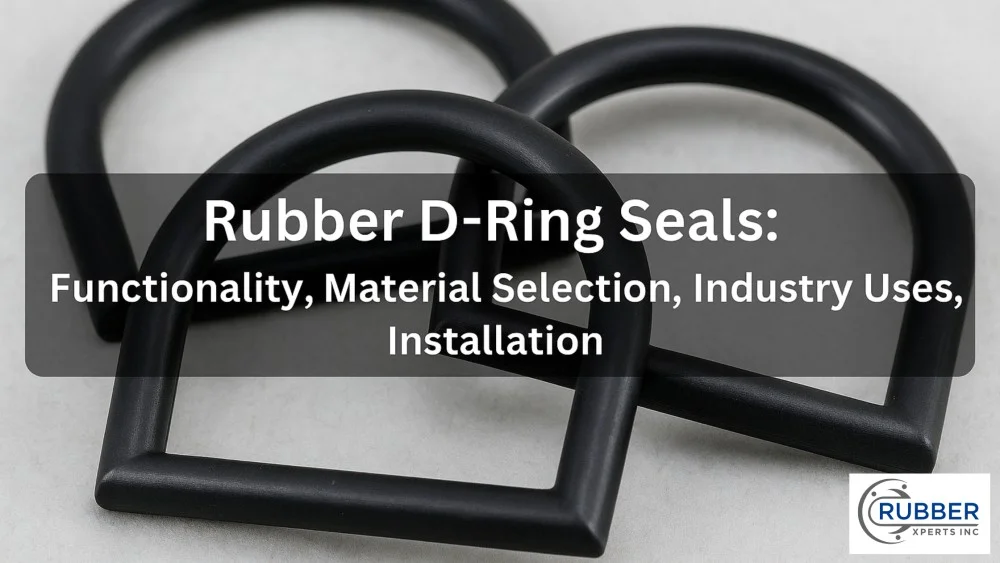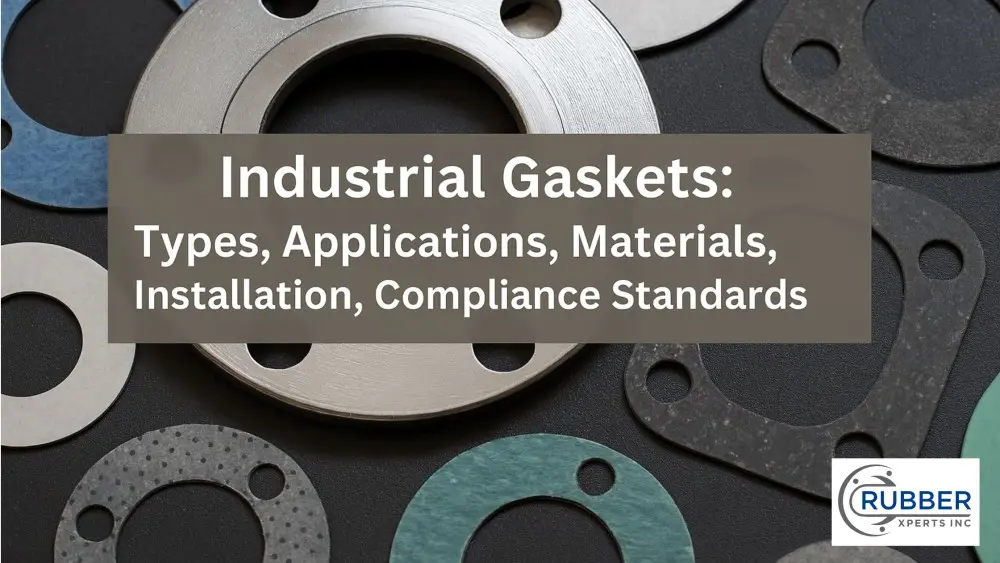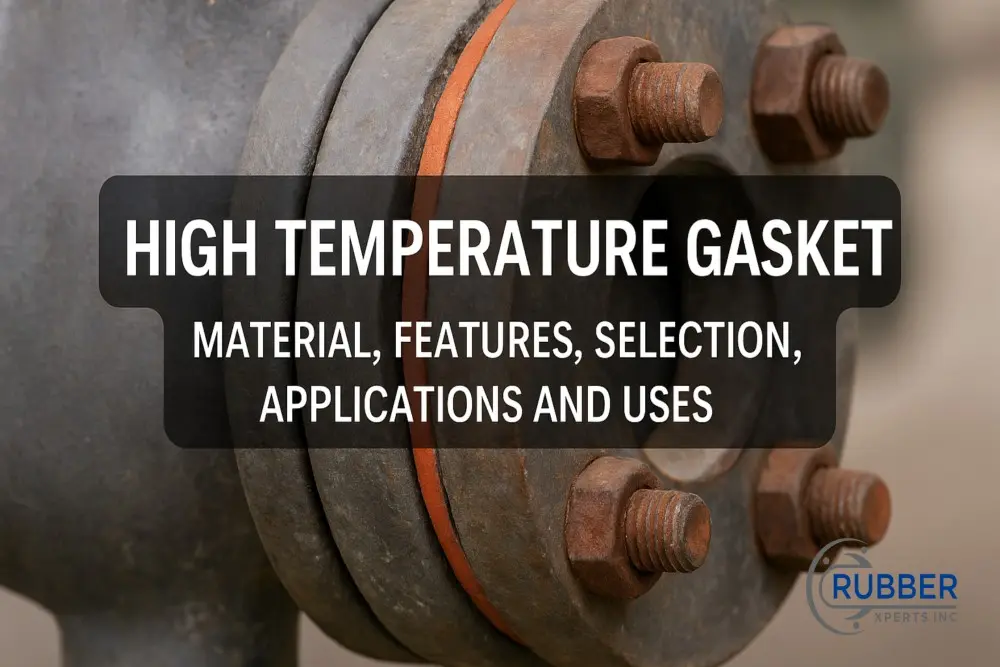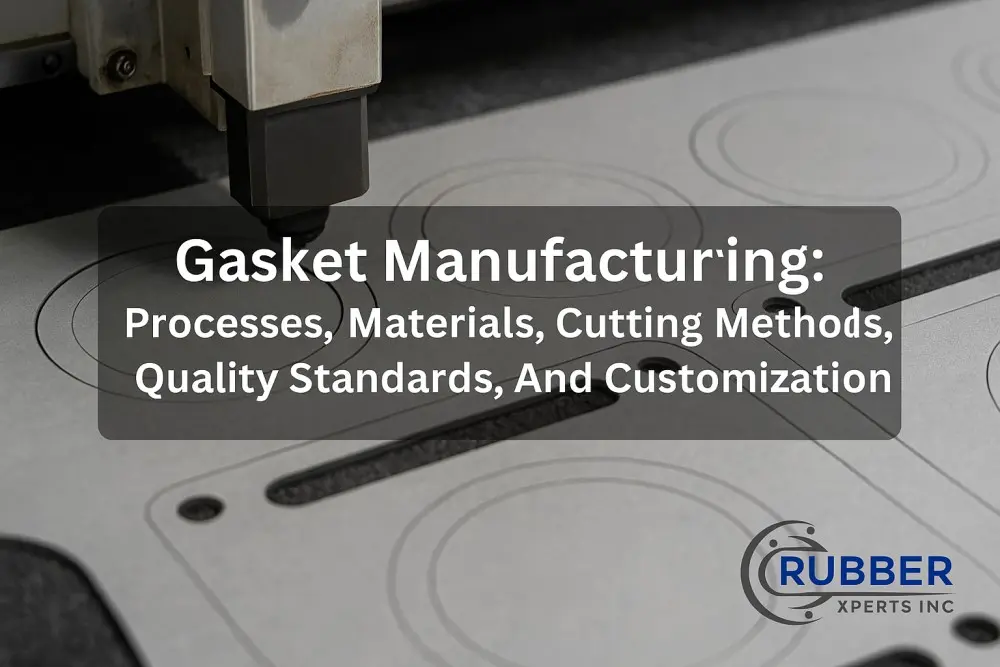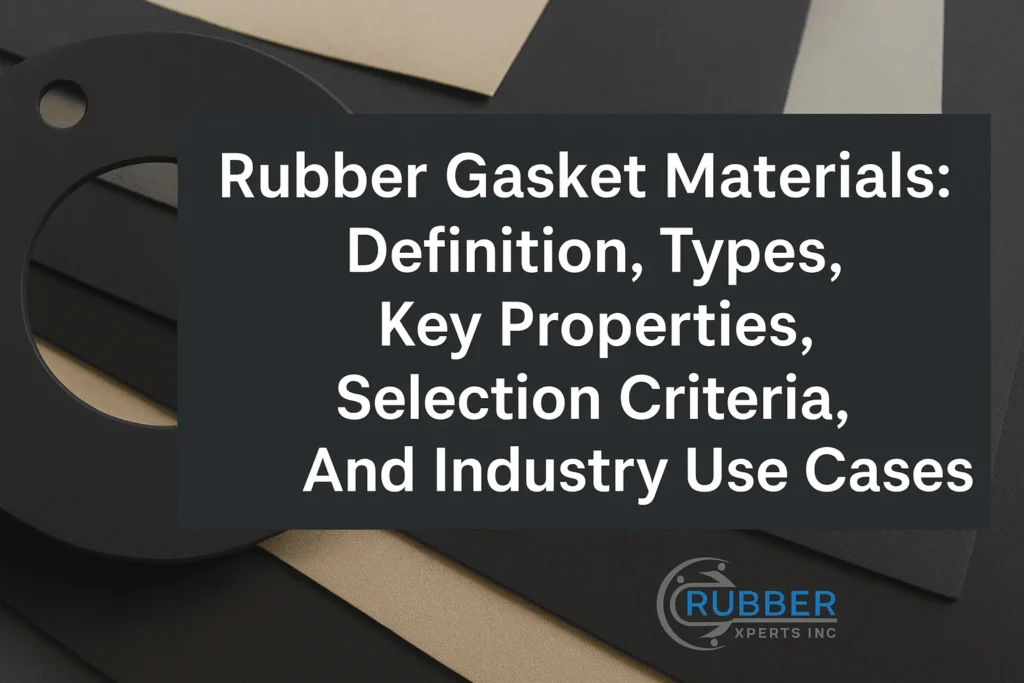Knowing the specific uses of different Rubber O-rings, each designed for a certain function, is important for improving product reliability.
Moreover, you need to understand the right materials carefully to ensure the desired outcomes, highlighting the need for accuracy in both selection and O-rings applications.
Let’s dive into the essential details of o-rings applications, focusing on the crucial choices of materials and installation techniques that ensure their effectiveness.
10 O-Rings Applications
There are a wide range of industries that use O-rings for their appliances.
Specifically, each industry has its own requirements based on their respective environments.
Here are the 10 most common O-rings applications and how they are used in different conditions.
High-Temperature Environments
In high-temperature applications, such as industrial machinery or automotive engines, O-rings are used to ensure the durability and reliability of the seal under extreme conditions.
Usually, materials like fluorocarbon or silicone are preferred due to their excellent heat resistance.
Before you proceed with the installation, it’s imperative to thoroughly clean the installation area to remove any contaminants that might compromise the O-ring’s effectiveness.
Moreover, the O-ring should be carefully placed in its designated groove, avoiding any unnecessary stretching or twisting that could weaken its seal.
Occasionally, you might need a specific lubricant to facilitate the installation and extend the lifespan of the o-ring in these demanding environments.
The lubricant must be the one that retains its properties at high temperatures
Environments with CO2 and Other Gases
When dealing with environments where CO2 and other gases are present, such as in carbonation equipment, the selection of nitrile or fluorocarbon o-rings stands out.
These materials are chosen for their impermeability to gases, ensuring that even the smallest molecules can’t escape the seal.
Consequently, the area where the o-ring will be seated needs rigorous cleaning to ensure a debris-free environment.
Installation must be done with care, ensuring the o-ring fits perfectly in its groove without any distortion.
Proper insertion is critical here because a specialized tool might sometimes be necessary to achieve the desired fit.
This attention to detail is important in preventing gas leaks and maintaining the safety and functionality of the system.
Applications Involving Oil and Hydrocarbons
Nitrile rubber o-rings are ideal in applications where oils and hydrocarbons are prevalent, such as engines or hydraulic systems.
This preference is grounded in their resistance to oils, preventing any adverse reactions like swelling or cracking that could lead to leaks.
The installation starts with a thorough cleaning of the seating area to remove any potential contaminants.
The o-ring itself must then be inserted carefully, avoiding over-stretching or pinching, to ensure a secure and effective seal.
In some cases, an oil-compatible lubricant can ease the o-ring into place, ensuring a tight fit and preventing any leaks.
This is a crucial step for the smooth operation of machinery without the risk of contamination or inefficiency.
Food and Beverage Contact
For O-rings applications in the food and beverage industry, ensuring safety and hygiene is paramount.
Silicone or Fluorocarbon o-rings are often the materials of choice, given their non-toxic and easy-to-clean properties.
You can use O-rings by thoroughly cleaning both the O-ring and the contact surfaces, sometimes needing specific sanitary procedures to avoid any form of contamination.
The O-ring is then positioned gently in its groove, ensuring an even fit without any stretching that might compromise the seal.
A food-grade lubricant may be applied to facilitate this process, helping to maintain the integrity and safety of food and beverages that come into contact with the O-ring.
This careful application process can uphold the purity and safety of the consumables, ensuring there are no leaks or chances for contaminants to enter the products.
Water and Aqueous Solutions
When applications involve water or aqueous solutions, EPDM O-rings are often the go-to choice due to their robust water resistance.
The preparation for installation involves cleaning both the O-ring and the installation site to ensure an uncontaminated environment.
Proper placement of the o-ring is crucial—any twisting or kinking could compromise the seal’s effectiveness.
Occasionally, a water-compatible lubricant might be used to assist in the O-ring’s installation, ensuring a seamless fit.
This meticulous attention to detail during application is needed to preserve the system’s integrity, prevent leaks, and ensure long-term reliability.
High-Pressure Environments
When you’re dealing with high-pressure environments, the selection and application of the right o-ring become even more critical.
For such scenarios, materials that can withstand significant pressure variations without deformation are preferred.
Before installation, it’s essential to meticulously prepare the seating area by cleaning it to prevent any particulate matter from compromising the seal.
The O-ring should be installed carefully to ensure it sits evenly within its groove.
Occasionally, the use of a backup ring might be necessary to provide additional support against the high pressure, helping to prevent the o-ring from extruding under extreme force.
This way, you can ensure that the O-ring can reliably maintain its seal, even under the relentless stress of high-pressure conditions.
Low-Temperature/Cryogenic Conditions
In applications where o-rings are subjected to low temperatures or cryogenic conditions, selecting a material that remains flexible and doesn’t become brittle is critical.
Silicone or special Fluorocarbon compounds are often chosen for their excellent performance in these conditions.
The installation process begins with ensuring that both the O-ring and the installation site are free from any moisture that could freeze and affect the seal’s integrity.
The O-ring is then placed with precision, making certain there is no undue stress that could compromise its effectiveness at low temperatures.
Proper installation in such environments is crucial because it ensures that the O-ring continues to perform its sealing function effectively.
This O-ring application ensures safeguarding the system against leaks and potential failures of your equipment.
Chemical Exposure
For O-rings applications that involve exposure to chemicals, you must select a material that can resist the specific chemicals in use.
Viton and EPDM are commonly selected for their broad chemical resistance.
Prior to installation, the O-ring and its seating area should be thoroughly cleaned to remove any residues that might react with the O-ring material.
During installation, care is taken to ensure the O-ring is correctly seated, providing a secure seal that can withstand the harsh chemical environment.
This careful preparation and installation are important to prevent leaks and ensure that the O-ring can offer reliable long-term performance in chemically aggressive environments.
Vacuum Applications
Choosing an o-ring that can maintain a seal in extremely low-pressure environments is crucial in vacuum applications.
Materials with low outgassing rates, such as Fluorocarbon, are often preferred to prevent contamination of the vacuum system.
The installation process involves meticulous cleaning of the O-ring and its groove to eliminate any potential sources of outgassing.
The O-ring must then be installed with precision, ensuring a tight fit that can maintain the vacuum seal.
Proper installation in this context is vital, as even a minor leak can compromise the vacuum integrity and affect the system’s overall performance.
Aerospace and Extreme Conditions
O-rings applications in the aerospace sector or under extreme conditions demand materials that can withstand not just high or low temperatures but also exposure to aggressive chemicals and rapid pressure changes.
Specialized materials such as Perfluoroelastomers (FFKM) are frequently used for their exceptional resilience.
The installation process requires rigorous attention to detail, starting with a thorough cleaning of the o-ring and its seating area to ensure there are no contaminants.
The o-ring must be installed carefully to guarantee it fits perfectly, providing you with a reliable seal capable of withstanding the demanding conditions of aerospace applications.
Conclusion
When considering O-rings applications, the selection of materials and careful installation are crucial.
Attention to environmental factors such as temperature, pressure, and chemical exposure is vital.
You should also need to ensure the compatibility of both the O-rings and the system they serve.
At Rubber Xperts, we can help you create a customizable O-rings based on what your tools require.
With our high-quality rubber products, we’re one of the leading providers of O-rings for many industries and applications.
If you want to learn more about our O-rings products, you can contact us anytime!

